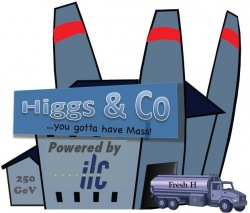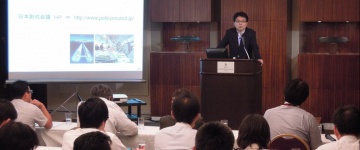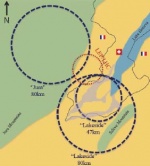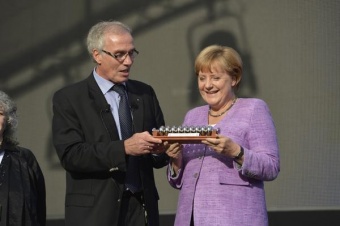Image of the week
|
|
Image: DESY, Marco Urban
Chancellor Angela Merkel visited DESY on 19 September for a hall baptism: the experimental hall of DESY's light source PETRA III is now officially named Max von Laue, after the discoverer of diffraction of X-rays. DESY DG Helmut Dosch presents the German chancellor (who was a physicist before she became a politician) with a miniature accelerator cavity. In her speech, Merkel stressed the importance of fundamental research, freedom of science and the importance to communicate results. Check DESY's press release for more links, the chancellor's full speech (in German) and images.
|
Copyright © 2025 ILC International Development Team




